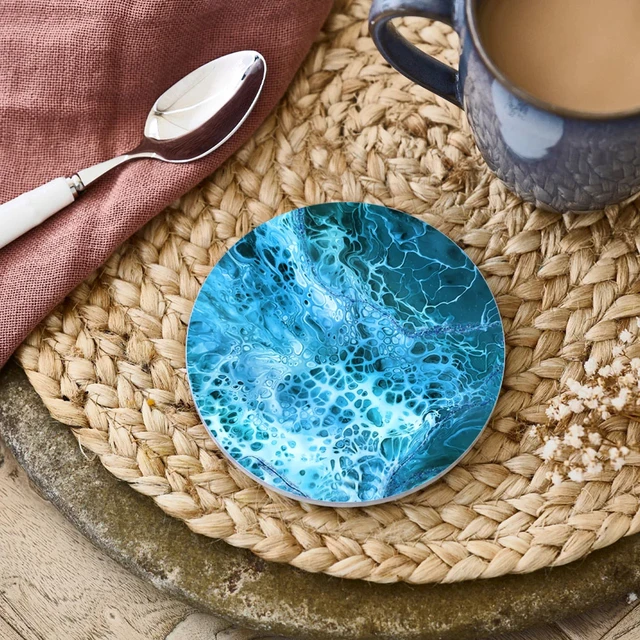The Definitive Guide for Unique Art
The Definitive Guide for Unique Art
Blog Article
Excitement About Unique Art
Table of ContentsNot known Facts About Unique ArtThe 7-Second Trick For Unique ArtThings about Unique ArtHow Unique Art can Save You Time, Stress, and Money.
While one may discuss which art kind holds priority, the reality remains that each of these seven types offers a distinct window right into human history, society, and evolution. They are the tapestries that chronicle our trip, advising us of our past while motivating visions for the future.Excellent artwork narrates, makes people look two times, and develops a distinct experience that can not be matched. Art and images connect every one of that with color, form and various other layout aspects. Find out just how to make your special artwork attract attention from the crowd.
3 Emil DervishIn this entranceway by Emil Dervish that lovely cobalt blue door takes the show. To bring even much more dramatization, he extended the paint. to the doorframe and the wall surface up, completing in an arched form. The curves, in addition to a spherical sconce, soften the sides - Unique Art. After that frames classic posters and maps of precious places established the scene.
8 TRIA GIOVANEqual components grand and laidback, this entrance hall designed by Anthony Baratta is the perfect blueprint to adhere to if you're enhancing a formal entryway that still feels unfussy and comfy. Patterned fabrics take spotlight (see the carpetings and the couch), yet they likewise aid bring the high ceilings to a human scale when hung over wallpaper.
Get This Report on Unique Art
18 Heidi Caillier DesignA gallery wall does not need to take up the whole space. In some cases a little one can make a bigger design statement. In this living space, Hiedi Caillier decided for micro-mini structures and a random composition.
, the expression of ideas and feelings, with the development of certain aesthetic qualities, in a two-dimensional visual language. The elements of this languageits forms, lines, colours, tones, and texturesare utilized in numerous ways to create experiences of volume, room, activity, and light on a flat surface area. These components are integrated into meaningful patterns in order to stand for genuine or superordinary sensations, to interpret a narrative motif, or to produce entirely abstract aesthetic connections.
Later on the concept of the "great artist" created in Asia and Renaissance Europe. Noticeable painters were paid for the social condition of scholars and courtiers; they signed their job, chose its layout and typically its subject and imagery, and developed a much more personalif not always amicablerelationship with their clients. During the 19th century painters in Western societies began to shed their social position and protected patronage.
Our Unique Art Statements
Others gained an earnings with visiting exhibits of their work. The need to appeal to a market had replaced the comparable (if much less impersonal) needs of patronage, and its result on the art itself was probably similar. Typically, artists in the 20th century might reach an audience only via industrial galleries and public galleries, although their job may have been occasionally replicated in art regulars
For a discussion of the forgery of masterpieces, see forgery. For a conversation of the you could try this out function of paint and various other arts in faith, as well as of using religious symbols in art, see spiritual significance and iconography. For info on various other arts associated with painting, see posts such as attracting; folk art; printmaking. It is the sense of inevitability in this formal company that gives a terrific paint its self-sufficiency and presence. The colours and placement of the principal images in a design might be in some cases greatly made a decision by representational and symbolic considerations. It is the official interaction of colours and shapes that alone is qualified of communicating a particular try this out state of mind, creating optical feelings of space, quantity, activity, and light and producing pressures of both harmony and tension, also when a paint's narrative meaning is odd.
Don't duplicate the design of various other artists if you're trying to find your style. Copying other individuals's artwork can be fantastic in educational functions but it will certainly not make you closer to finding your very own unique style. Your creative design has to be, what you such as and what influences you.

The Of Unique Art
You require to attempt great deals of different choices and explore every little thing before you can focus on one certain style or you'll be burnt out, or worse, you'll hate your own design. I recommend you to attempt every single subject that you're interested in, explore as much as you can. Attempt different mediums that excite you and brand-new strategies you have actually never ever tried before.
With time you'll be able to arrange all of them into your favorite and this post the very least favorite groups. Try to concentrate your focus on the topics and mediums that you like and prior to you see it coming you'll have your own personal and one-of-a-kind design, like no person else have! In the end you'll have a few favored subjects to paint and maybe a few favorite tools.

Report this page